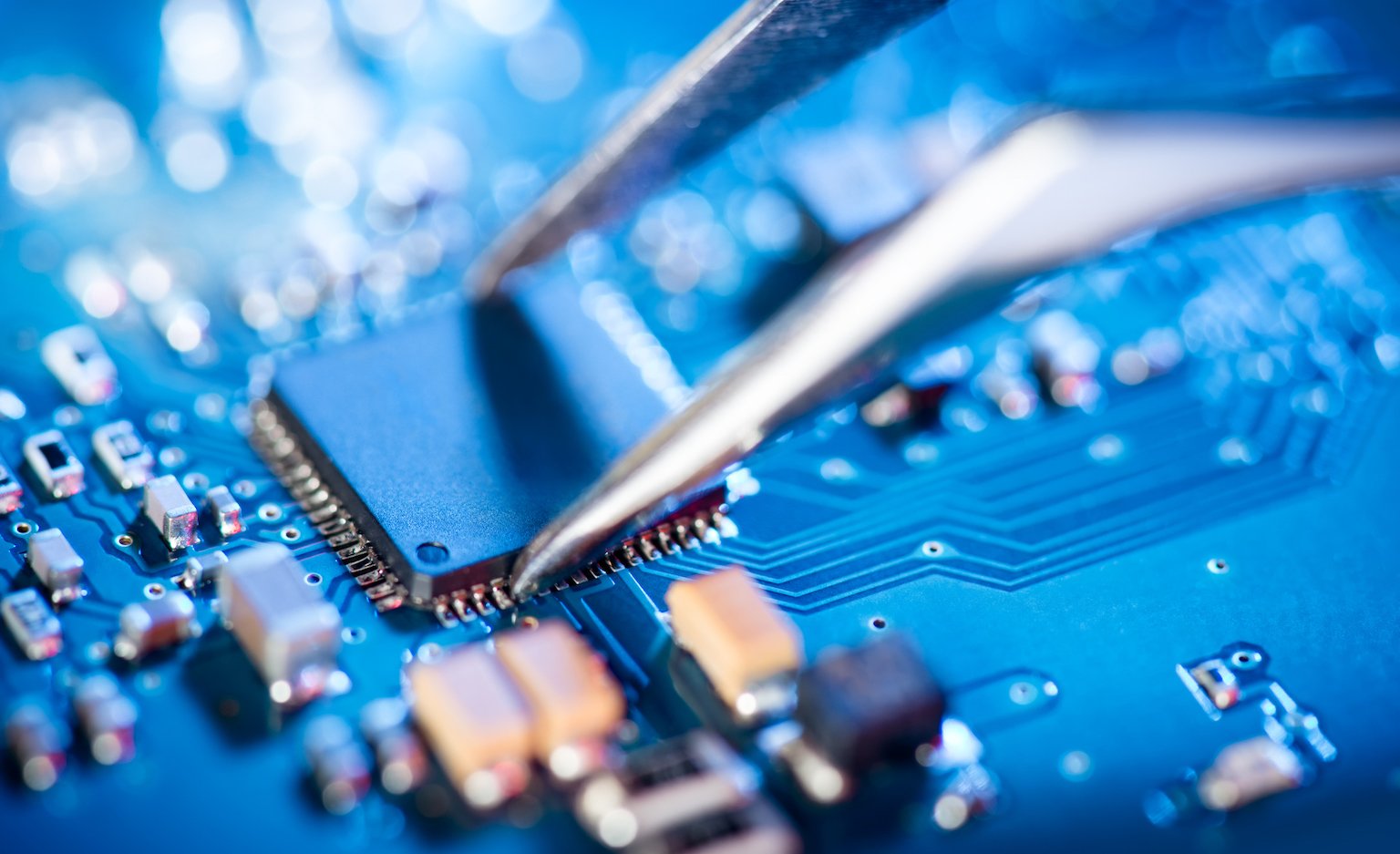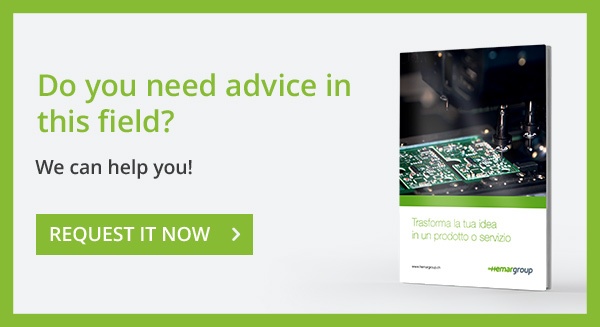
IoT devices and sensors enable us to analyse increasingly complex data, and also make our everyday lives easier. They are reducing pollution in some of the world's biggest cities, improving food supplies, and even helping to cure potentially fatal diseases.
Let's look at some examples.
How the internet of things is improving everyday life
It's a small world. It's also overheated, crowded, and conflict ridden.
Climate change and other manmade devastation is threatening our natural resources, infrastructure, food supply, and quality of life.
Solving these problems will take political commitment, a new approach to business, and a willingness to put human wellbeing above profit. It will also need innovative technology. We’re already seeing the effects of the internet of things, which connects everyday objects to the net, making them smart and helping us to take more intelligent decisions.
More than ever before, it’s essential that we transform our world for the better, because it’s the only one we have.
Smarter cities
Over half the world's population lives in cities, and this proportion is set to increase. Cities play a major role in climate change, and we're already seeing the impact of rising sea levels and climate-related disasters.
Thanks to the IoT, cities are serving as the incubators of connected systems that make urban life more efficient. Some examples
- Reliable, automated streetlighting
- Energy-efficient buildings
- Remote-controlled irrigation for parks
- On-demand waste collection
- Smart bus routes and parking meters
Homes and their surroundings are also becoming smarter, helping to save energy. Motion-sensing lights Traffic apps that warn you of congestion and tell you the best time to travel
These IoT-enabled urban services and smart logistics are significantly reducing air and water pollution and saving energy.
Cleaner air and water
The internet of things can help cities to improve public health. Millions of people around the world are being killed by contaminated air and water. Cities suffering from chronic pollution, such as Delhi and Beijing, are deploying sensor networks to monitor and combat dangerously high levels of smog.
London is testing pollution sensors carried by bicycle couriers. These send data to their Bluetooth smartphones to create real-time pollution maps of the city.
Reducing food waste
The United Nations Food and Agriculture Organization estimates that we waste 1.4 trillion tonnes of food each year. This is both alarming and unacceptable, especially when the population is growing. The IoT is helping hotels and restaurants to avoid throwing away food that’s still perfectly edible. Some cities have apps telling you which stores are selling short-dated food at a discount at the end of the day.
Reducing waste also means ensuring that organic materials are composted and minimizing CO2 emissions. If less food gets wasted, less new food and packaging need to be produced.
IoT technology can also be used preventively. Some startups are using high-tech cameras, sensors, weather stations, and artificial intelligence to respond rapidly to problems, reducing the damage to harvests and increasing productivity.
Everyone from huge agribusinesses to small organic farms around the world is using the internet of things to reduce their water and fertiliser consumption, minimise waste, and improve product quality and yields. For example: Microclimate monitoring, which keeps a close eye on temperature and humidity changes in the soil.
Connected patients
The internet of things is transforming the health sector, providing more rapid intervention and helping doctors to access patient data in real time.
IoT sensors act like robot assistants, warning medical staff if patients forget to take their medication. Wearable, internet-connected devices monitor patients' heart rates and blood pressure between visits to the doctor.
This is probably one of the most important innovations using IoT technology, although there is still debate as to the best way of collecting, sharing, and using the data securely.
Combating breast cancer
Breast cancer is the most common cancer in women. Although survival rates have improved as a result of the latest methods of prevention and treatment, traditional mammograms often miss small tumours.
One IoT project currently being trialled uses patches containing sensors that monitor temperature changes in breast tissue over time. The data is transmitted wirelessly to the user's phone, and shared securely with their healthcare provider. Predictive analysis of this data could help doctors to identify the initial signs of breast cancer at an early stage.
These are just some of the ways in which the internet of things is helping cities, farmers, and medical professionals to improve the lives of people around the world. This new technology allows us to take more informed decisions based on smart research data. Whether you live in a big, crowded city or on a small livestock farm, the internet of things is connecting you to a better future.
.png)
